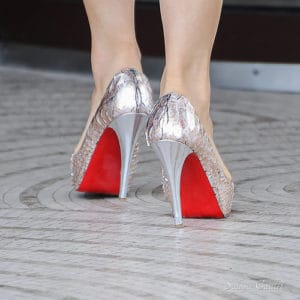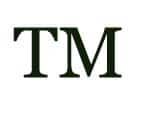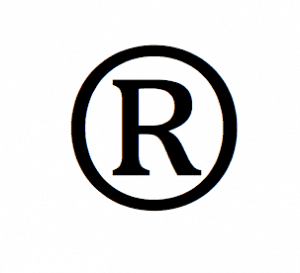My simplified definition of a trademark (“tm”) is a unique marking of a good or service that (1) is used in commerce and (2) its use distinguishes it from its competitors. The full lawful definition of a TM is “A word, name, symbol or device, or a combination thereof, that is adopted and used by a person or other entity to identify his or her goods and distinguish them from the goods manufactured or sold by others, and to indicate the source of the goods…” 15 U.S.C. § 1127.
TMs are commonly thought of as brand names for a products, such as the Macbook Air I am using to type this that is owned by Apple. However a TM can be a number of things such as a scent (strawberry scented tooth brushes), a look (Red soles on women’s shoes by Louboutin) a sound (the sound a particular company’s computer makes when you turn it on) and so on.

When is a TM created?
In the United States a common law tm is created the moment a unique good or service is used. So why register a tm?

Why register a TM?
A trademark is in essence a monopoly that is granted so that its owner can reap the benefits. Only McDonalds can sell the burger known as the Big Mac.

How of Registering a TM Helps To Protect Your Monopoly
-
Registered Trademark Holders Can Use The Registered Trademark Symbol
- Nationwide Coverage & Constructive Notice
- Proof Your Trademark Is Valid
- Incontestability Status
- Statutory Remedies

This symbol is reserved for those who have registered their trademark!
A common law trademark only covers the geographic range of where a trademark is used. So another business in a State you plan on expanding may be able to start a business with the same name as yours after seeing how awesome your business is.
Constructive notice means that even if someone starts to use your trademark without knowing, they will be treated as someone who knowingly used your trademark.
I can believe in my heart of hearts that I own the trademark to a good or service that I created but I may not. Everyday new ideas are thought of. A registered trademark in and of itself is proof that the person who owns it, is the person who owns it.
After five years of registration a tm acquires incontestable status, which extinguishes most arguments that the registrant does not have exclusive rights to the mark.
Registered tm holders have additional legal remedies against dastardly trademark infringers.
How a Trademark Lawyer Can Help You
A trademark lawyer can help you by helping you determine whether or not your idea needs protection, searching for existing conflicting marks, preparing and submitting your trademark application to the United States Patent and Trademark Office, and by helping you police your mark. Call Brian Pendergraft at (301) 205-9013 or E-mail info@tpf.legal to schedule a phone consultation!

Facebook Comments